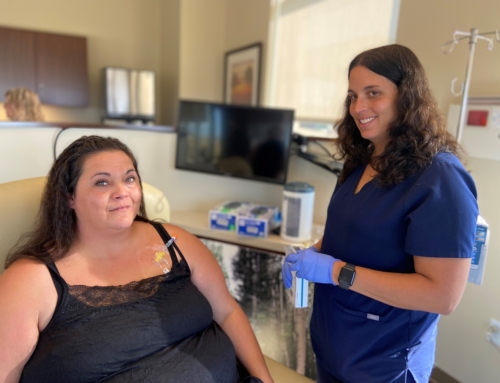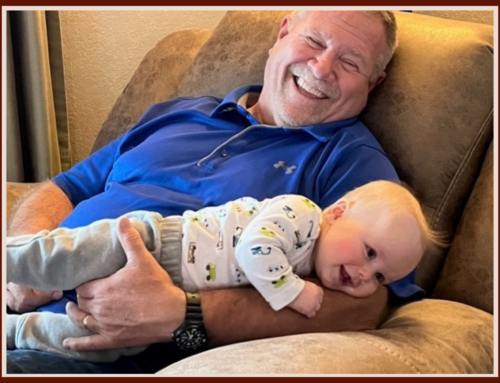Have you ever fallen skiing and tweaked your knee? How about stepped into a rut while running and twisted your ankle? Or maybe your injuries were on the sports field as a student athlete or an adult recreation enthusiast. Most of us have been injured while playing a sport at one time in our lives, or another. Proper healing of sports-related injuries is vital to how well that joint works in the future, and how quickly we can get back to doing the activities we love.
Common Sports-Related Injuries
According to WebMD, the seven most common sports injuries include: ankle sprain, groin pull, hamstring strain, shin splints, torn ACL in the knee, patellofemoral syndrome of the knee and tennis elbow. Some are caused by repetitive motion, like tennis elbow, others are caused by the twisting, tearing or straining of muscles, ligaments and joints.
“The most common knee injuries I’ve seen are ACL tears and meniscus tears,” said an Orthopaedic PA with TMH’s Northwest Colorado Orthopaedic & Total Joint Center.
Know your Anatomy
Here’s a quick anatomy lesson, which comes in handy when dealing with a sports injury. Do you know the difference between a ligament and a muscle? And did you know there’s such a thing as meniscus that surrounds your joints? A ligament is a band of fibrous, tough connective tissue that holds a joint together or connects a bone to a bone or a bone to cartilage. It’s not as flexible as muscle that can contract and move. Meniscus is a thin band of cartilage between the surface of certain joints, including the knee. If serious, a torn meniscus can require surgery.
How about the difference between a strain and a sprain? A strain is defined as an injury of a muscle or tendon, a sprain is an injury to a ligament. Symptoms of sports injuries often involve pain and swelling, difficulty bearing weight and a sense of instability in the area.
Treatment Options
Treatment of sports injuries varies, of course, from simple RICE (rest, ice, compress, elevate) treatment at home for mild sprains and strains to braces or casts and physical therapy for more advanced injuries. For serious tears and breaks, surgery is often needed.
Importance of Rehabilitation
Rehabilitation is often vital to make a full recovery.
“Working with a physical therapist is key for recovery of sports medicine related injuries. Whether we treat patients with or without surgery, physical therapists and our athletic trainer are key members of our team and are important for getting optimal outcomes,” the PA said. With rehabilitation, it’s a two-way street. You must not only go to physical therapy, but you must also commit to following through on the home exercise program provided by your physical therapist in order to fully recover.
“With physical therapy the patient plays the biggest role in their outcomes,” the PA said.





